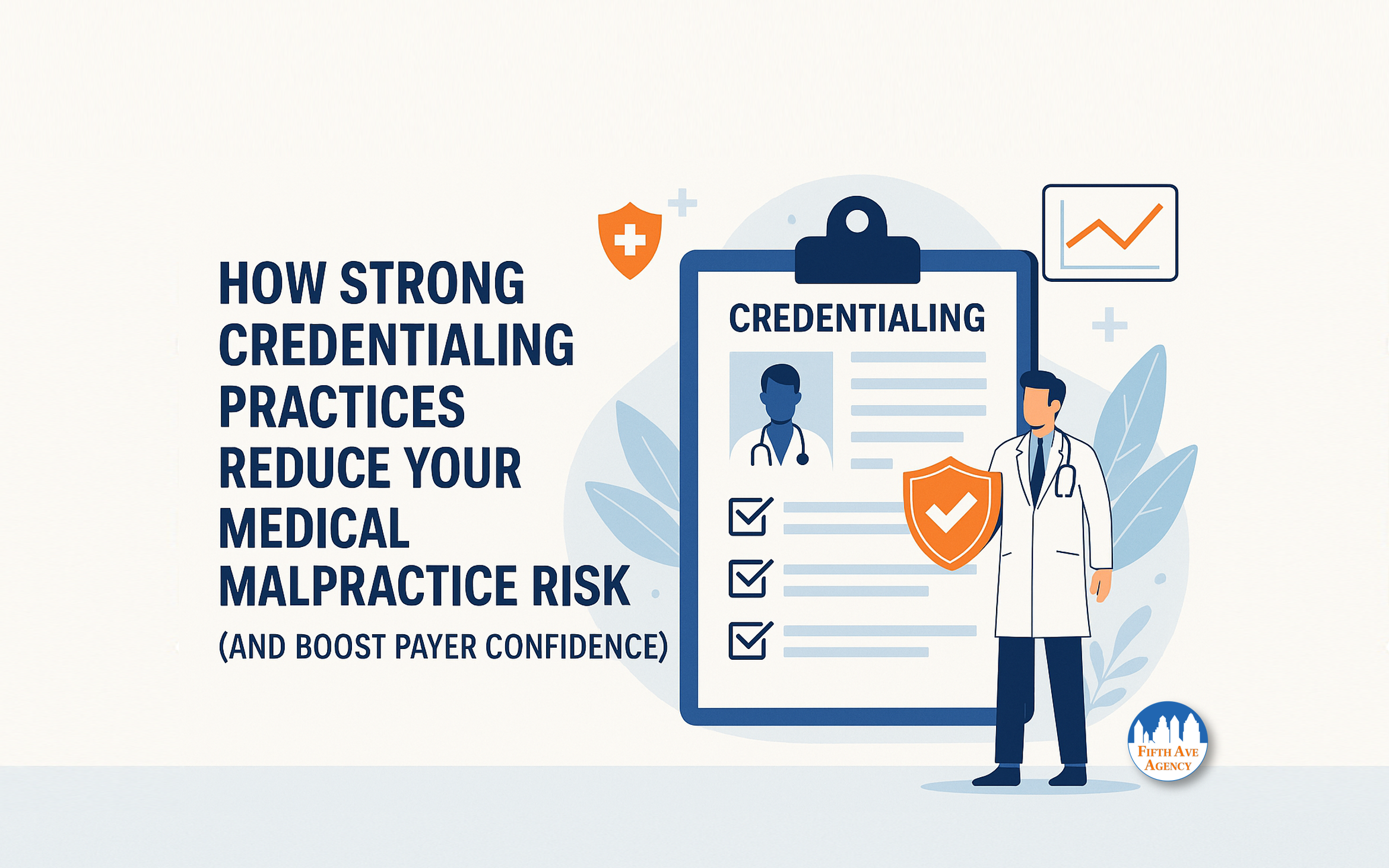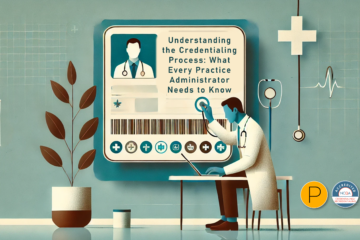As we step into 2024, the healthcare landscape is increasingly influenced by various dynamic factors that impact medical malpractice rates. These medical malpractice rates not only reflect the quality of patient care but also indicate broader trends in technology, law, and healthcare practices.
This article aims to comprehensively explore the pivotal factors shaping medical malpractice rates:
- technological advancements,
- changes in the legal and regulatory landscape, and
- the evolving dynamics of provider-patient communication.
An analysis of these areas will help us better understand their potential impact on medical malpractice rates and prepare for the evolving healthcare environment.
Impact To Medical Malpractice Rates In 2024: Advancements in Medical Technology
The integration of advanced technology in healthcare is a significant factor influencing medical practice and malpractice risks.

AI in Healthcare
AI’s application extends to complex areas such as genetic sequencing, personalized treatment plans, and long-term patient care management. While these advancements can significantly enhance patient care, they also bring challenges in ensuring accuracy and reliability, as errors could lead to significant malpractice claims and impacting medical malpractice rates.
The ethical considerations surrounding AI, including issues of patient consent, data privacy, and the potential for systemic biases in AI algorithms, are crucial. Addressing these concerns is fundamental to maintaining trust in AI applications in healthcare.
The integration of AI in medical training is reshaping how future healthcare professionals are educated. This shift necessitates a curriculum that blends traditional medical training with advanced data science and machine learning principles.
Telemedicine Expansion
Telemedicine’s role in improving access to healthcare, especially in remote and underserved areas, highlights its potential to democratize healthcare access.
This expansion also introduces challenges in ensuring consistent quality of care and managing liability associated with remote diagnostics and treatments.
The legal complexities surrounding telemedicine, including cross-state licensure and jurisdictional challenges in malpractice cases, are areas requiring ongoing attention and development and the affects against medical malpractice rates.
Standardizing telemedicine practices through guidelines and best practices is essential for patient safety and minimizing medical malpractice risks.
Impact To Medical Malpractice Rates In 2024: Legal and Regulatory Landscape Changes
The legal and regulatory environment plays a crucial role in shaping the medical malpractice landscape, significantly impacting healthcare providers and patients.

Understanding Tort Reform
Tort reform refers to changes in the legal system aimed at reducing the ability to file malpractice lawsuits or to limit the amount of damages a plaintiff can receive.
These reforms include:
- Caps on Damages: Many states have implemented caps on the amount of money a patient can receive for non-economic damages, like pain and suffering. This is controversial as it can limit compensation for patients who have suffered significantly but may not have high economic losses.
- Modification of Statutes of Limitations: These reforms change the time frame in which a patient can file a lawsuit after an alleged malpractice incident. Shortening this time can impact patients who realize the effects of malpractice later.
Tort Reform Impact Across States and Regions
The effects of tort reform vary widely:
- In some states, reforms have led to a decrease in malpractice claims and insurance premiums for healthcare providers.
- Conversely, there are concerns that caps on damages can unfairly limit compensation for severely injured patients.
Balancing Act in the Tort Reform Debate
The debate centers around two critical points:
- Protecting Patient Rights: Advocates argue that patients harmed by medical negligence should have the right to full compensation and access to the courts for redress.
- Reducing Healthcare Provider Burden: Reform supporters suggest that excessive litigation and hefty damage awards increase healthcare costs and may lead to defensive medicine, where doctors order more tests and procedures than necessary to protect themselves from lawsuits.
Evaluating the Impact of Reforms
To understand the real impact of these reforms, it’s essential to look at a range of indicators:
- Malpractice Claim Frequency and Severity: How often are claims filed, and what are the typical compensation amounts?
- Healthcare Costs and Access: Do reforms lead to lower healthcare costs or improved access to care?
- Patient Compensation and Justice: Are patients who suffer from malpractice able to receive fair compensation?
In 2024, as we analyze the evolving landscape of medical malpractice, it is vital to consider these various factors and viewpoints. Only through a nuanced understanding of the legal and regulatory environment can we strike an appropriate balance between protecting patient rights and ensuring a sustainable environment for healthcare providers
Changes in Healthcare Policies
Policies related to insurance coverage, reimbursement, and patient rights directly affect medical malpractice rates and overall landscape. Changes in these policies can influence the financial aspects of healthcare delivery and malpractice insurance.

The role of government and private insurers in shaping these policies, and their impact on healthcare providers’ practices, is a complex and evolving issue.
Impact To Medical Malpractice Rates In 2024: Provider-Patient Communication and Education
Effective communication between healthcare providers and patients is crucial in preventing medical malpractice which impacts medical malpractice rates.
Informed Consent and Shared Decision-Making
Informed consent in healthcare is a critical and ethical concept that ensures patients are fully aware of the potential risks, benefits, and alternatives of a proposed medical treatment or procedure before agreeing to it.

This process is essential for respecting patient autonomy and ensuring they are actively involved in their healthcare decisions.
Below is a summarized breakdown of what informed consent typically involves:
Information Sharing: Healthcare providers must provide clear, comprehensive, and understandable information about the patient’s condition and the proposed treatment or procedure, including its purpose, what it involves, the expected benefits, and potential risks or side effects. They should also discuss alternative treatments and the risks of not receiving the treatment.
Comprehension: The provider must ensure that the patient understands this information. This may involve checking back, answering questions, and possibly using interpreters or other aids for patients with language barriers or disabilities that affect understanding.
Voluntariness: Consent must be given voluntarily, without coercion or undue influence. The patient should feel free to choose among the options without force or persuasion from the healthcare team.
Competence: The patient must be mentally capable of making the decision. If a patient is not competent due to factors like minors, mental impairment, or incapacitation, informed consent must be obtained from a legally authorized representative.
Consent: After ensuring understanding and voluntariness, the patient (or their representative) formally agrees to the treatment plan. This can be done verbally in some cases, but more often, it is done in writing, especially for invasive procedures or treatments with significant risks.
Ongoing Process: Informed consent is not a one-time event but an ongoing process. If changes in the patient’s condition or new information about the treatment becomes available, the consent process may need to be revisited.
Informed consent is legally and ethically required and is a fundamental part of patient rights. It promotes patient autonomy, allows patients to make well-informed decisions about their health, and is crucial to building trust in the patient-provider relationship.
The evolution of informed consent towards more interactive and comprehensive processes is pivotal in reducing medical malpractice claims and medical malpractice rates. Enhancing patient understanding through use of digital tools and educational resources is an emerging trend with significant implications.
Shared decision-making, where patients are actively involved in their treatment choices, enhances patient satisfaction, and can reduce disputes leading to malpractice claims and thus impact medical malpractice rates.
Training programs focused on improving communication skills among healthcare providers are essential.
These programs should emphasize areas like conveying complex information, discussing treatment options, and ensuring patient comprehension.
Cultural Competency and Diversity Training
Cultural competency is increasingly important in a diverse society, where understanding different cultural backgrounds impacts healthcare experiences and expectations.
Training in cultural competency and sensitivity can help reduce misunderstandings and improve patient-provider relationships, potentially decreasing malpractice claims.
Examples of successful cultural competency programs in various healthcare settings can provide insights into effective strategies for enhancing patient care and reducing legal risks.
Direction of Medical Malpractice Rates in 2024
Projecting medical malpractice rates for 2024 involves analyzing the interaction of these diverse factors.
The integration of technologies like AI and telemedicine is likely to bring both advantages and new challenges. As these technologies become more embedded in healthcare, they could initially lead to an increase in malpractice rates due to unfamiliarity and errors. However, as proficiency with these tools grows, we might see a stabilization or even a decrease in malpractice rates.
Legal and regulatory changes will undoubtedly continue to influence malpractice rates. The outcomes of debates and policy shifts, particularly concerning tort reform and healthcare policy changes, will significantly shape the future malpractice landscape.
Improvements in provider-patient communication and cultural competency training are expected to positively impact malpractice rates. Enhanced understanding and clearer communication can help prevent disputes that often lead to malpractice claims.
Impact To Medical Malpractice Rates In 2024: Conclusion
As 2024 approaches, the medical malpractice landscape is being shaped by a complex mix of technological advancements, legal and regulatory changes, and the quality of provider-patient interactions.
This analysis provides some insights into the impacts on medical malpractice rates, offering healthcare professionals and policymakers a deeper understanding of the challenges and opportunities ahead. By staying informed and adaptable, the healthcare sector can enhance patient care while effectively managing malpractice risks in a rapidly changing environment.
More information about Fifth Avenue Agency
Fifth Avenue Agency specializes in MPLI and medical malpractice insurance, serving 1000s of providers nationwide. Fifth Avenue Agency is part of the Fifth Avenue Healthcare Services family. Sister companies include 5ACVO (credentialing and primary source verification specialists) and Primoris Credentialing Network (credentialing and provider enrollment specialists with 54+ health plan and network provider enrollment options).
This post was originally posted by Fifth Avenue Agency here. For information on Fifth Avenue Agency, please visit FifthAvenueAgency.com or Contact Us.














